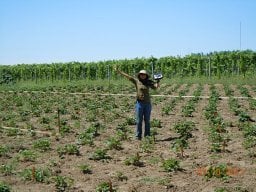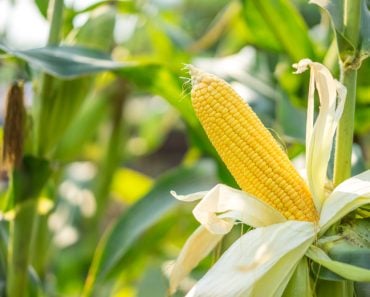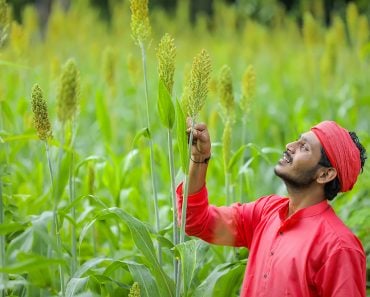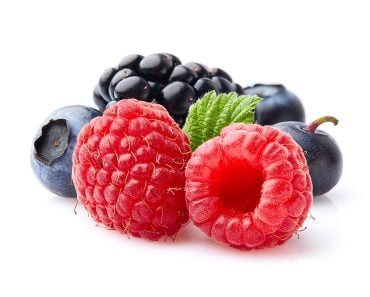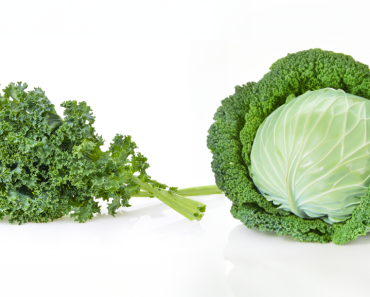Table of Contents (click to expand)
The Three Sisters refers to a farming technique of intercropping corn, beans and squash on the same farm. Indigenous communities practiced this, as they held that the three crops aided the other’s growth. The practice died out due to European influence on farming and the cultural lives of indigenous people.
Long before the modern concepts of sustainable farming and intercropping were developed, the indigenous people of North and Central America were practicing a form of agriculture where they grew three different (but complementary) species in a shared space. These three species were called the ‘Three Sisters’, in reference to how they thrived together. The Three Sisters were corn, beans and squash. When grown in proximity, they ‘nourished’ each other and provided balanced nutrition to the indigenous people.
These crops were called “Diohe’ko” in the local language, which means “those who support us”. These crops sustained life, both nutritionally and spiritually. The Native Americans of Seneca believed that the spirits of these three crops were inseparable. Women even performed rituals intended to awaken the spirits of the three sisters.
Recommended Video for you:
The Beginnings
The Three Sisters farming method is believed to have originated in Mesoamerica (a term that refers to the region from central Mexico to Central America) almost 3,500 years ago and then spread northwards to the rest of North America, including Canada. And the earliest record of the Three sister’s farming in New York is 1070 AD.
According to Native American legend, the three sisters miraculously sprouted from ‘Sky Woman’s daughter’.
(https://www.nps.gov/tont/learn/nature/the-three-sisters.htm)
When European settlers arrived in the 1400s, they found at least 15 Native American nations in northeastern America and Canada growing the Three Sisters.
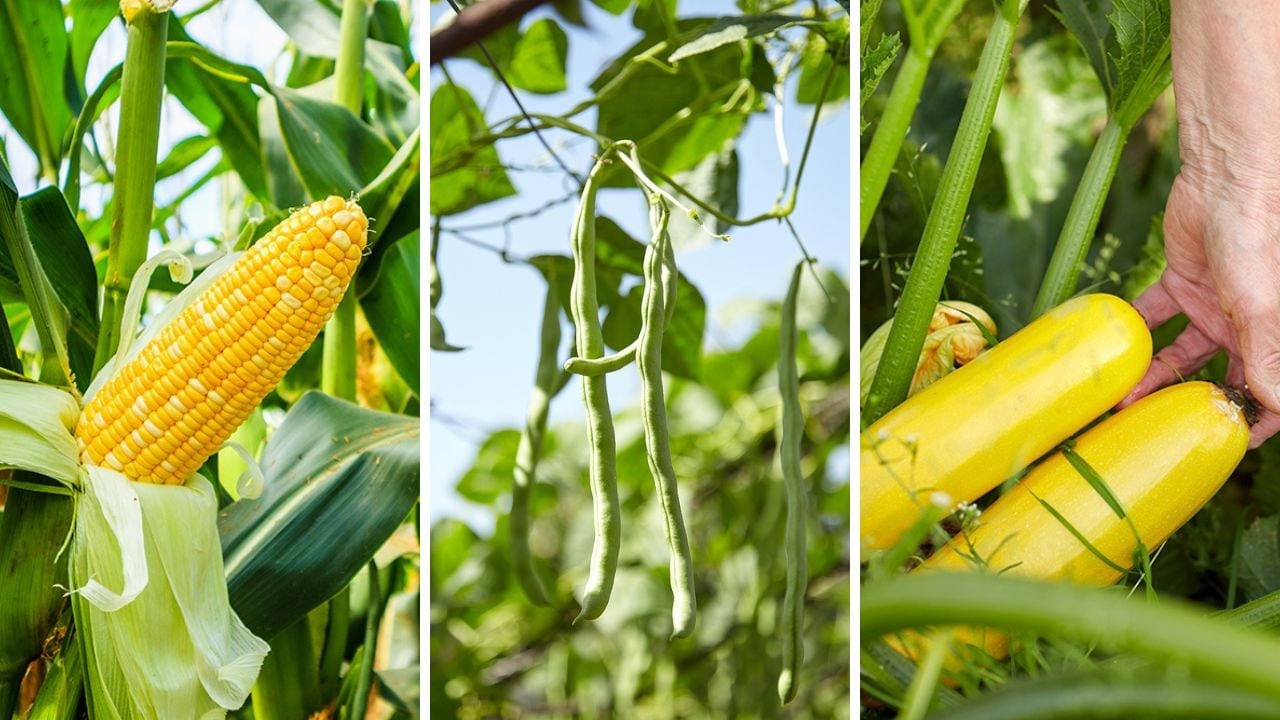
How Were The Three Sisters Grown?
The Three Sisters form of farming takes advantage of the different growth habits, plant forms, agronomic traits, and nutritional values of these three species.
The crops were sown without plowing the soil, which preserved the soil’s organic matter and ensured that the soil was not lost to erosion.
Typically, the men participated by sowing seeds. Later, the men grew busy with hunting expeditions, diplomatic missions or military responsibilities, so women took care of the farms and harvested the crop. The women worked together in communities. It was not just a farming system, but was closely associated with their culture, with many stories and ceremonies associated with it.

First, the farmers sowed the corn. When the corn seedlings started growing, they returned and added more soil around the plant from time to time so that a small hill was formed. This hill would be about 1 foot high and 2 feet wide.
About 2-3 weeks after sowing the corn kernels, the farmers sowed beans on the same hill. The beans added nitrogen to the soil via the symbiotic bacteria present in their roots. As the beans grew, the corn stalks served as a trellis. In turn, the beans helped the corn survive high winds by holding on to the stalks with their twining vines.
Finally, they planted squash between the hills. Squash is a low-growing crop with large leaves. These leaves covered the soil to preserve soil moisture and prevent weeds. Some squash varieties also had spines, which kept animal pests like deer and raccoons away from the field of crops.

Intercropping made efficient use of light, nutrients, and water. This farming system was named Three Sisters because the three species nurtured each other—just like siblings in a happy family! The farming system did not need fertilizers or herbicides, and reduced disease pressure due to mixed cropping.
The farmers saved the seeds of the best plants to grow again the following season. Over the centuries, numerous landraces adapted to the local environment that was developed. However, some of the seeds (and the genetic diversity) was lost when the European settlers forced Native Americans away from their lands.
Complementary Nutrition
The Three Sisters complemented each other when it came to nutrition, jointly acting as a source of high fiber, proteins, carbohydrates, and a range of vitamins and minerals.
Studies have shown that the three species yield more energy and more protein when grown together than when grown in monocultures in the same area.
Corn contains large amounts of energy and lesser amounts of protein, but beans contain high concentrations of protein. The essential amino acids in the protein of corn and bean supplement each other. Corn protein lacks lysine and tryptophan, but has sufficient methionine. Beans have very little methionine, but do possess a high level of lysine.

Pumpkin flesh has high levels of vitamin A and low levels of protein. Pumpkin seeds, however, are a good source of energy and protein.
All of that being said, the nutritional value of a crop depends on when they are consumed. Immature corn (sweet corn), beans (green beans) and squash have less nutritional value than their fully mature versions. All three can also be transported and stored for a long period of time when harvested at maturity.
Why Was This Farming Discontinued?
The Three Sisters way of farming was gradually discontinued when Europeans settled in North America. The Native Americans were pushed to land that was less fertile and could no longer grow crops freely. Native American women were only allowed to grow crops in small gardens, while the men were forced to practice monoculture farming. Native American children were sent to boarding schools where they did not learn about Native American farming techniques and their food habits were changed to Western food. Without traditional food habits and cultures in place, Three Sisters farms were totally eradicated by the 1930s.
Conclusion
Sustainable farming takes care of the environment, improves lives, and provides sufficient food. Farming the Three Sisters takes care of these three requirements. In addition, the three species support the growth of the others and studies have shown that they grow better together than alone. This farming system has been extensively studied, not only from the point of view of agriculture, but also for its historical and anthropological value. Even today, this farming system is recommended for small gardens. Researchers are also working with contemporary Native American communities to reintroduce this farming system to their lands.
References (click to expand)
- The Three Sisters of Indigenous American Agriculture.
- Lewandowski, S. (1987, March). Diohe'ko, the Three Sisters in Seneca life: Implications for a native agriculture in the finger lakes region of New York State. Agriculture and Human Values. Springer Science and Business Media LLC.
- The Three Sisters: Sustainers of Life.
- View of Food Yields and Nutrient Analyses of the Three ....
- Returning the 'three sisters' – corn, beans and squash.
- Ngapo, T. M., Bilodeau, P., Arcand, Y., Charles, M. T., Diederichsen, A., Germain, I., … Gariépy, S. (2021, March 3). Historical Indigenous Food Preparation Using Produce of the Three Sisters Intercropping System. Foods. MDPI AG.
- Landon, Amanda. “The ‘How’ of the Three Sisters: The Origins of Agriculture in Mesoamerica and the Human Niche.” Nebraska Anthropologist, Jan. 2008, https://digitalcommons.unl.edu/nebanthro/40.

